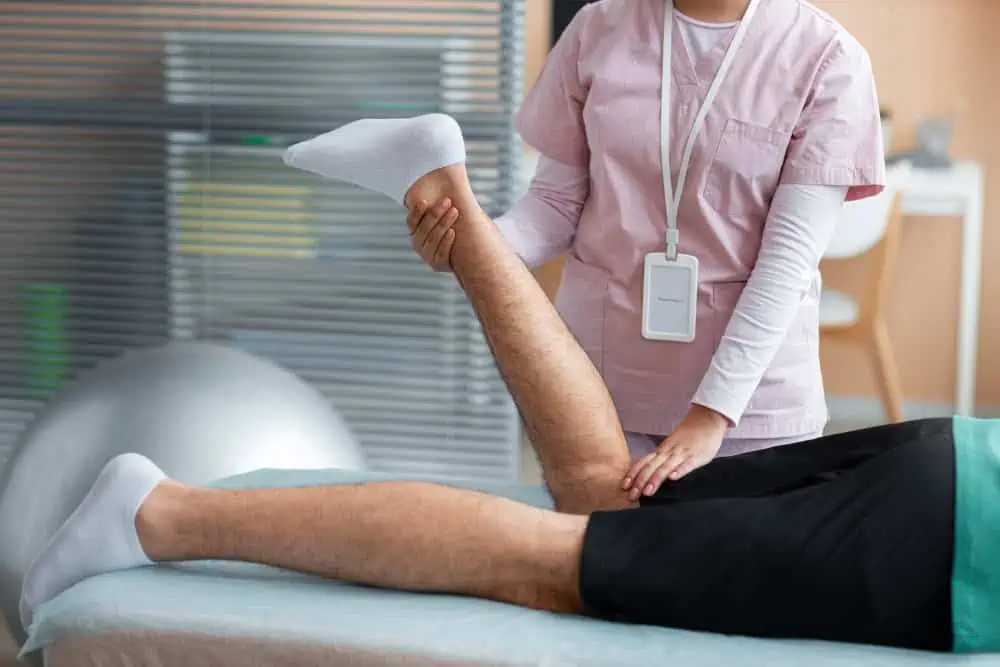For individuals managing diabetes, foot health is a top priority. Diabetic shoes, specially designed to protect the feet, provide the right level of support, cushion, and protection necessary to avoid common diabetic foot complications. However, like any footwear, diabetic shoes need regular cleaning to maintain hygiene and longevity. A safe, effective way to clean them involves using hydrogen peroxide. This powerful disinfectant can eliminate bacteria and odors without compromising the shoe’s material or effectiveness.
In this article, we’ll cover why diabetic shoes are essential, the benefits of using hydrogen peroxide for cleaning, and provide a step-by-step guide to maintaining your diabetic shoes in the best condition.
1. Why Are Diabetic Shoes Important?
Diabetic shoes are more than just footwear; they are a protective health measure. Due to poor circulation and reduced sensation in the feet, individuals with diabetes are prone to foot ulcers, calluses, and infections. Diabetic shoes provide:
- Ample Cushioning and Support: Minimizing pressure points that can lead to ulcers.
- Enhanced Stability: Preventing injuries caused by slips or uneven surfaces.
- Roomy Fit: Accommodating custom orthotics and giving toes more space to reduce friction.
For those managing diabetes, diabetic shoes play an essential role in preventing complications and promoting foot health.
2. The Benefits of Hydrogen Peroxide for Shoe Cleaning
Hydrogen peroxide is an effective, accessible disinfectant for cleaning diabetic shoes. It’s widely known for its ability to kill bacteria, fungi, and viruses on surfaces without leaving harmful residues. Here are some key benefits of using hydrogen peroxide on diabetic shoes:
- Disinfects and Deodorizes: Hydrogen peroxide helps eliminate bacteria that cause odors and may contribute to infections.
- Environmentally Friendly: Unlike harsh chemicals, hydrogen peroxide breaks down into water and oxygen, making it safer for the environment.
- Non-Abrasive on Materials: When diluted, it cleans without damaging fabrics, foam, or leather materials in diabetic shoes.
3. Precautions Before Using Hydrogen Peroxide on Diabetic Shoes
While hydrogen peroxide is generally safe for cleaning, there are some important precautions:
- Use a Diluted Solution: Full-strength hydrogen peroxide can be too harsh on certain materials, so it’s best to dilute it with water.
- Spot Test: Always test on a small, hidden area of the shoe first to ensure it doesn’t cause discoloration.
- Avoid Over-Saturation: Too much liquid can damage materials and cause shoes to lose their shape, so use hydrogen peroxide sparingly.
4. How to Clean Diabetic Shoes with Hydrogen Peroxide: A Step-by-Step Guide
Here’s a straightforward guide to cleaning diabetic shoes using hydrogen peroxide:
Step 1: Gather Your Supplies
You’ll need:
- Hydrogen peroxide (3% solution)
- Clean cloths or soft brush
- Spray bottle
- Mild soap and warm water
- A soft toothbrush (optional)
Step 2: Prepare the Cleaning Solution
Mix one part hydrogen peroxide with two parts water in a spray bottle. This diluted solution is gentle yet effective on most shoe materials.
Step 3: Remove Laces and Insoles
Take out any removable parts, like laces and insoles, as they should be cleaned separately to ensure every part of the shoe is thoroughly sanitized.
Step 4: Clean Insoles with Hydrogen Peroxide
Spray a small amount of the hydrogen peroxide solution onto a cloth and gently wipe down the insoles. Alternatively, if they are machine washable, run them through a gentle wash cycle. Avoid soaking insoles, as they may become deformed.
Step 5: Wipe Down the Shoe Surface
Using a soft cloth dampened with the hydrogen peroxide solution, gently wipe the outside and inside of the shoe. Pay special attention to areas where bacteria are likely to accumulate, such as the toe box and heel.
Step 6: Scrub Stubborn Spots
For tougher stains or dirty areas, use a soft toothbrush with the hydrogen peroxide solution to scrub gently. Rinse the toothbrush frequently to avoid spreading dirt.
Step 7: Air Dry Completely
After cleaning, let the shoes air dry in a well-ventilated area, away from direct sunlight, which can fade colors or weaken materials.
5. Additional Tips for Diabetic Shoe Maintenance
To extend the life of your diabetic shoes:
- Use Odor-Control Inserts: Consider adding odor-absorbing insoles that help keep the shoes fresh.
- Alternate Shoes: Avoid wearing the same pair every day to give them time to air out.
- Inspect Regularly: Check your shoes for wear and tear that could affect comfort or protection.
6. Alternative Cleaning Methods for Diabetic Shoes
If hydrogen peroxide isn’t available or suitable for your shoes, try these alternatives:
- Vinegar Solution: Mix equal parts white vinegar and water to disinfect and remove odors.
- Baking Soda: Sprinkle inside shoes to absorb odors; let sit overnight and shake out the following day.
- Mild Soap and Water: For routine cleaning, warm soapy water and a cloth are usually sufficient.
7. When to Replace Diabetic Shoes
Diabetic shoes should be replaced periodically to ensure they provide adequate support. Signs that it may be time for a new pair include:
- Worn Out Soles: Loss of tread or uneven wear.
- Damaged Linings: Rips or tears inside the shoe that may cause friction.
- Reduced Support: Loss of shape or cushioning can compromise protection.
8. Additional Resources for Diabetic Foot Care
For more in-depth information on caring for diabetic feet, check out the American Diabetes Association’s foot care guidelines, which offer tips on managing foot health effectively.
Another resource on diabetic footwear is available from Mayo Clinic in their diabetic shoe buying guide.
Caring for diabetic shoes is essential for maintaining foot health and preventing complications. Using hydrogen peroxide as a cleaning agent is a practical, safe way to sanitize and deodorize diabetic shoes, keeping them in peak condition. Remember, regular cleaning, inspection, and proper use of diabetic shoes play an integral role in your overall foot care routine. With the right care and timely replacement, diabetic shoes can continue to support and protect your feet, enhancing both comfort and safety.





